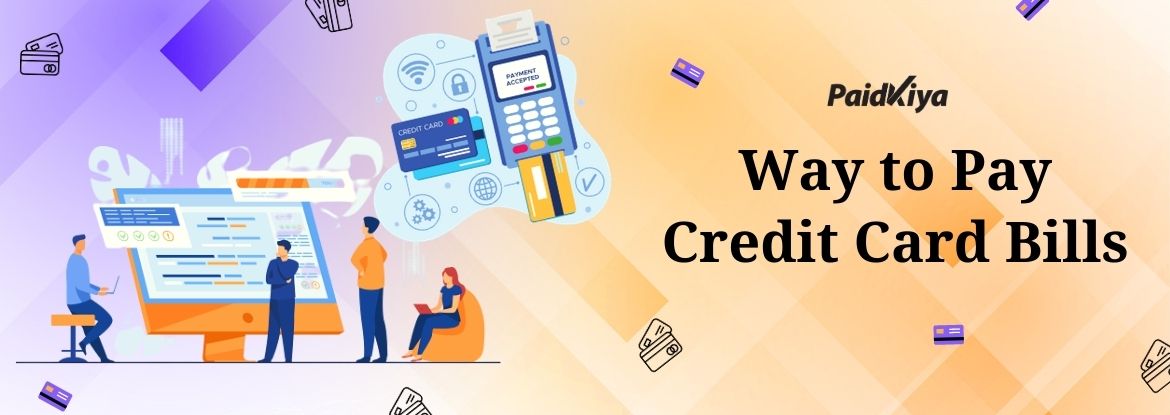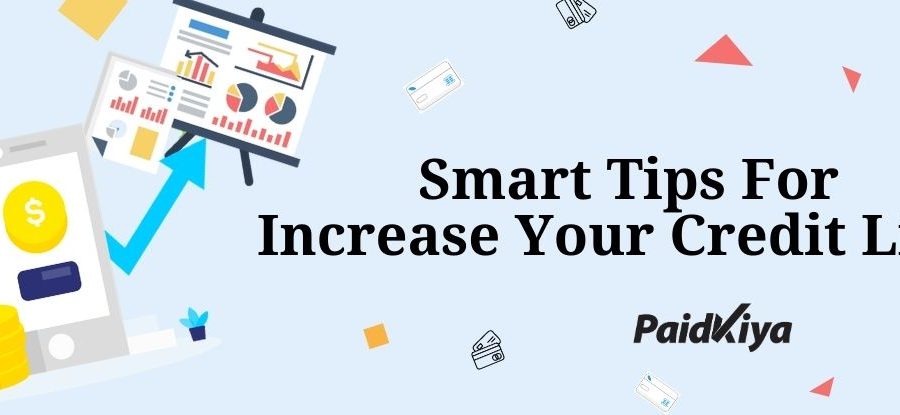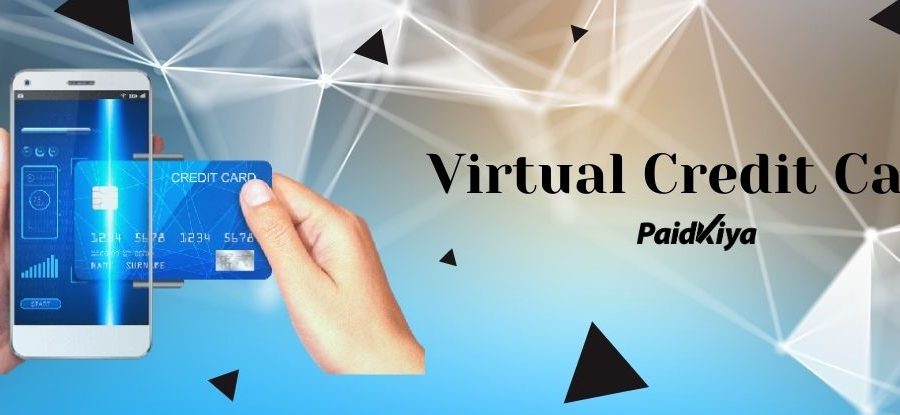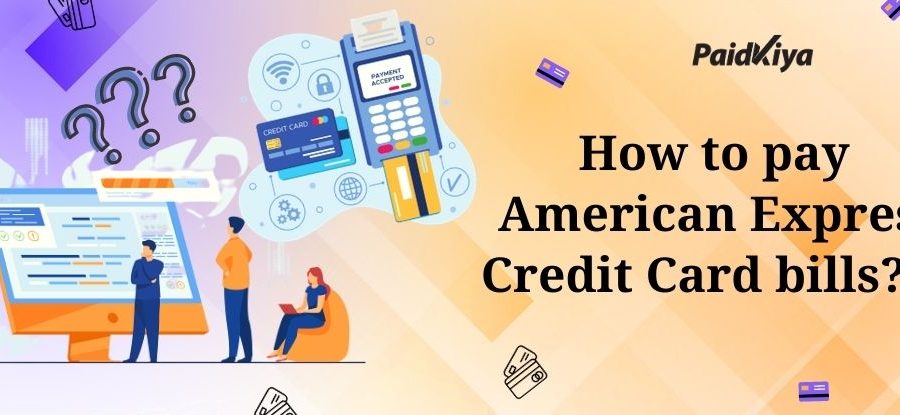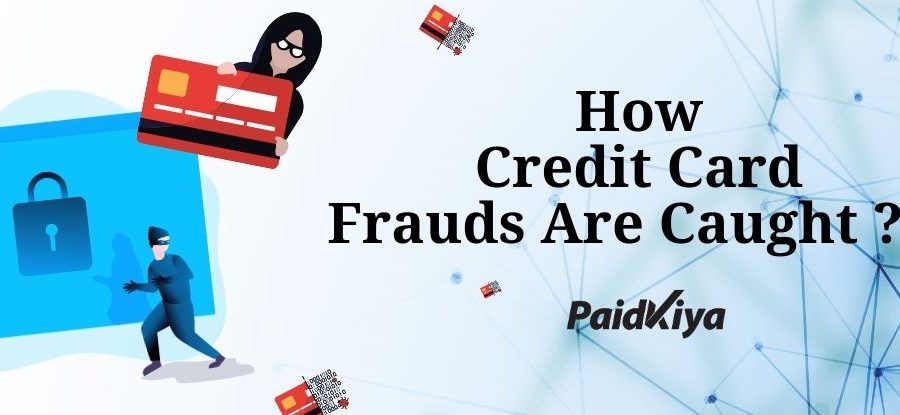” This is not the way to pay your credit card bills using other credit cards, but if you want to do that, you can indirectly pay the amount using another credit card. “
There are 3 ways to pay your bills using other credit cards
1. Cash advance
- withdraw your money from ATM using a credit card which you want to pay
- deposit money in your account
- pay amount of your credit card bill
- Using a different credit card to get cash at an ATM – doing so would be too expensive and inefficient, making it a poor choice.
- Fees are charged based on the amount of money you borrow or the percentage of the money you borrow.
- Charged up to 5%, which is based on the bank
- Advantages:
- Pay bills on time and avoid discord of services.
- cash advance fees are less expensive than the late fees or penalties put into effect by the credit card companies or banks.
- Avoid final fees or penalties. Save your credit score.
- cash advance services of many committees, ministers credit investigation do not requirement; this bad branch people are more sympathetic to the cash advances.
- Demand is your time fee for borrowing. And there is a definite time to pay back your name suggestions, you will have to apply an additional fee.
- Disadvantages:
- Additional fees
- Your credit card issuer will probably charge you an additional fee (minimum 3% to 5% of the advanced total amount).
- And if you use an ATM that is not associated with your credit card, you may charge a higher fee.
- It can affect your credit score
- Also, understand that adding balance to your credit card will increase your credit usage and work against your credit score.
- The higher your credit usage, the more negative your credit score will be, as you owe 30% of your score.
- Not a safety net if your money is stolen
- If your cash advance money is lost or stolen it is not your destiny.
- If you have an unauthorized transaction on a credit card you do not have a security net.
- Carry the balance on your card
- Charging your credit card is a better idea than getting a cash advance.
- Additional fees
Conclusion
A cash advance is not completely good or bad. However, for some people, it becomes possible when times are difficult.
2. Balance Transfer
Another way that you could potentially use one card to pay another and move on. You can transfer balance, essentially moving debt from one card to another. however, Rules and restrictions apply according to the bank.
Remember:
- It usually comes with charges
- If you forgot or miss a payment, you will be charged interest on the amount even if your interest-free period is not over.
- it will little affect your credit score
- Charges range from 3.5% to 5%, depending on the bank, when your interest-free period expires, but not as much as the interest charge on cash advances.
Advantage:
- 0% charges on balance transfer
- There are some special circumstances, where you can pay off a credit card with another. Balance transfer with an offer is the most common.
- When you apply for certain cards, it will give you the option to transfer a 0% balance. With these cards, they will effectively “transfer” one or more of your credit cards to your new balance transfer card. And as an incentive, most of these deals won’t interest you for a short-lived shifting balance (usually 12, 15, or 18 months today).
- It can combine your payments
- You can enable multiple credit card balances by transferring them to a balance transfer card. Once you have collected your debt into a single card, you can focus on one payment with a fixed date instead of making multiple payments per month and keeping track of different fixed dates. This will make your payment easier.
- You can save money on interest
- The big advantage of transferring a balance is the possibility of saving money on interest. It is common to see credit cards with APR ranging from 14% to 24%.
- Some balance transfer cards come with an initial 0% APR. This way you put money into your debt not just to eat through interest, but to pay the principal balance.
Disadvantages:
- Maybe you have to pay a balance transfer fee – Most good things are not free and include a balance transfer. It will charge a balance transfer fee of 3% to 5% of the amount you transfer.
- Low-interest rates cannot last forever – Balance transfer cards can provide 0% intro APR for a specific period of time. The promotional period may vary depending on the card, but you will see balance transfer cards there with any introductory APR periods of six months to 21 months.
- Maybe you need a good credit score – To get approved for a balance transfer credit card, you usually need a good credit score to qualify. Determining your credit scores can also help you have the best check for APR.
Conclusion
If you are looking for a new hack to pay off debt quickly, a balance transfer credit card can be a useful tool in your arsenal. If you get approved for a lower interest rate and pay off your debt during the promotional period, you will be able to save money on interest and get rid of debt sooner.
3. using an e-wallet
- transfer your money to an e-wallet from a credit card with you want to make a payment
- using e-wallet pay bills of credit cards
- Charged up to 3.5% to 5% + GST, which is based on the platform
- Example: Paytm wallet take to charge up to 4.5%
- Suppose you use your credit card to add Rs 15,000 to your Paytm wallet as the first top-up in a month. A two percent charge on this means that you pay an extra Rs 675, which goes to pay. The remaining Rs 15,000 will be added to your Paytm. top-up limit of Rs. 10,000.
Disclaimer
The information and services included on this Web site may include discrepancies. Paidkiya will not be liable/responsible for any decision that you may take based on such inaccurate information. Changes are periodically added to Bank’s websites.

